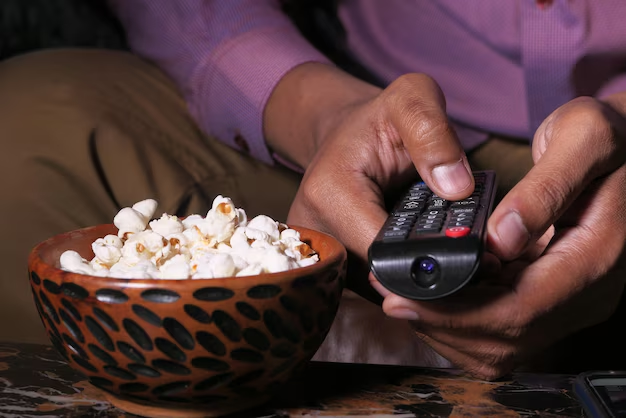Can You Enjoy Popcorn If You're Diabetic?
For many, popcorn is synonymous with cozy nights and blockbuster movies. However, for diabetics, the question arises: is this beloved snack safe to munch on? Let's explore the health aspects of popcorn for diabetics, and extend our view to other supportive solutions that cater to diabetes management and related financial aspects.
Popcorn and Diabetes: A Match Made in the Snack Aisle?
Popcorn, in its purest form, is a whole grain. It’s low in calories and fat, while also being high in fiber. For diabetics, it's crucial to maintain stable blood sugar levels, and this is where popcorn can actually be beneficial. The fiber content in popcorn helps slow down digestion, which can lead to a more gradual increase in blood sugar levels.
However, not all popcorn is created equal. Air-popped popcorn is the best choice for people living with diabetes. It’s free from added fats and sugars that are often present in buttered or caramel-coated varieties. When enjoying popcorn, portion control is also vital. A typical serving of three cups of air-popped popcorn contains approximately 15 grams of carbohydrates, fitting snugly into a diabetic’s meal plan as a snack.
Key Considerations:
- Stick to air-popped popcorn: Avoid added sugars and butter.
- Watch portion sizes: A small serving can keep you satisfied without spiking blood sugar levels.
- Pair wisely: Consider pairing with a protein or healthy fat, like nuts, for a balanced snack.
By choosing your popcorn wisely, you can indulge in this snack without unnecessary worry or risk.
Beyond the Snack: Supporting the Diabetic Lifestyle
Living with diabetes extends beyond dietary choices. Many people with diabetes face significant medical expenses, which can be a financial burden. Thankfully, various programs and resources can help ease this stress.
Government Aid Programs
Diabetics may qualify for government programs that reduce medication costs or provide free resources on managing diabetes. For instance, Medicare covers certain diabetes supplies and services, which can greatly ease out-of-pocket costs.
Financial Assistance Options
If you're struggling with medical expenses, various organizations offer financial aid specifically for diabetics. Some pharmaceutical companies offer patient assistance programs that provide free or reduced-price insulin and other medications.
Educational Resources
Understanding and managing diabetes is crucial, and education plays a big role. Diabetes education programs can be found through local health departments or organizations like the American Diabetes Association. These programs offer workshops, nutrition guidance, and personalized support tailored to help you maintain a healthy lifestyle.
Credit Solutions for Medical Expenses
For those facing immediate financial strain due to medical bills, exploring credit solutions could provide relief. Options like low-interest personal loans or medical credit cards can offer immediate help, though they should be approached with caution to avoid accumulating debt.
In conclusion, yes, popcorn can indeed be part of a healthy diabetic diet when chosen wisely. But it’s also important to consider the broader spectrum of living with diabetes and take advantage of available resources and support programs. By doing so, diabetics can not only enjoy their favorite snacks but also lead a balanced and financially secure lifestyle.
🏦 Financial and Educational Resources for Diabetics
- Medicare Coverage 🏥: Look into Medicare plans that cover diabetes supplies.
- Pharmaceutical Assistance Programs 💊: Check if you qualify for free or reduced-cost medications.
- American Diabetes Association 📚: Access educational programs and workshops.
- Local Health Departments 🏛️: Offers guidance and resources for managing diabetes.
- Low-Interest Medical Loans 💳: Consider credit options carefully to manage medical bills.
